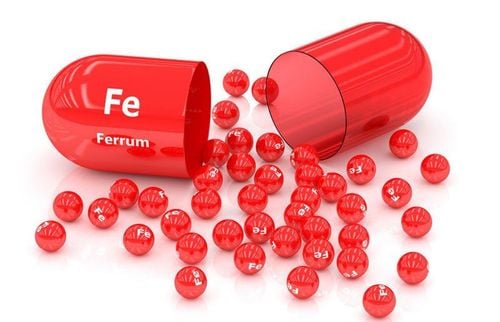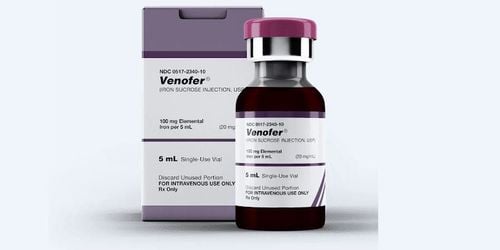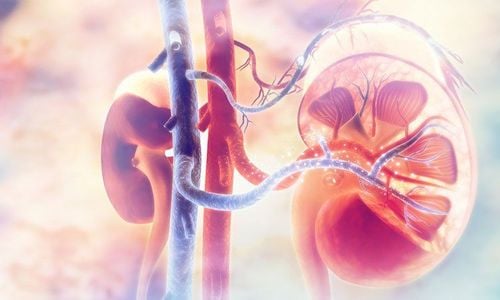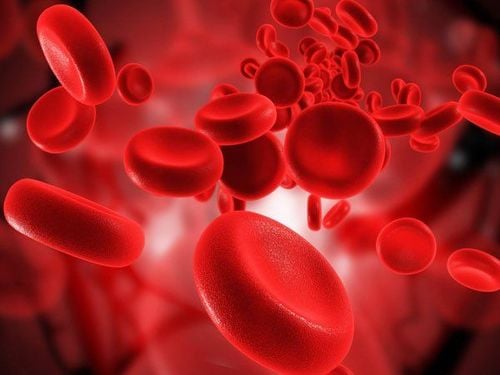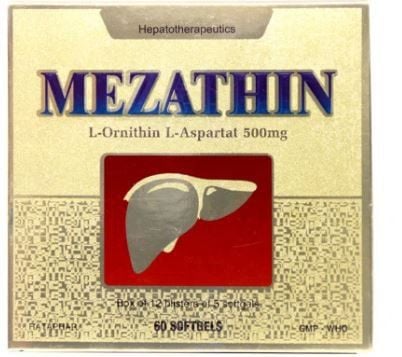This is an automatically translated article.
Acute tubulointerstitial nephritis mainly causes tubular intercellular necrosis, which is one of the very serious diseases causing high mortality.
1. What is acute tubulointerstitial nephritis?
Acute tubulointerstitial nephritis is a common disease, causing disorder affecting the area around the kidney and causing inflammation of the kidney leading to acute kidney failure also known as acute tubular necrosis. The main damage of this disease is tubular intercellular necrosis, this is a serious disease that, if not treated promptly, will lead to the risk of death for the patient.
2.Causes of acute tubulointerstitial nephritis
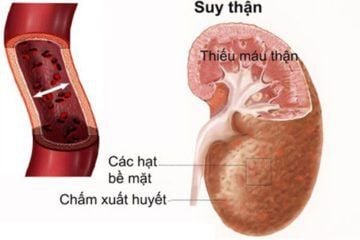
Thiếu máu là nguyên nhân gây viêm ống kẽ thận cấp
Renal tubule connecting glomerulus has the role of reabsorption and excretion of some substances to convert glomerular filtrate into urine. The renal tubules include the proximal tubule and the collecting duct. Therefore, there are many causes that lead to acute tubular nephritis, but mainly due to three large groups as follows:
Anemia: The cause is anemia, which causes a prolonged decrease in renal perfusion, leading to The kidney is severely ischemic and causes tubular necrosis. The main causes of anemia are after surgery, trauma, toxicity, abortion and side effects of drugs. Due to poisoning: It can be directly on the renal tubular cells or indirectly on the vascular mechanism and thereby cause renal ischemia. Common causes of toxicity can be antibiotics, chemicals, alcohol and everyday foods. Allergic: Allergic acute interstitial nephritis caused by some commonly encountered drugs such as diuretics, anti-inflammatory drugs.
3. Signs to recognize acute tubular nephritis
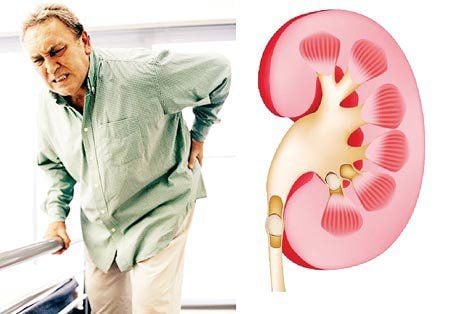
Người bị viêm ống thận cấp thường được phát hiện ở những bệnh nhân có triệu chứng vô niệu
Acute tubular nephritis is a manifestation of acute renal failure syndrome sometimes accompanied by acute hepatitis . Usually acute tubular nephritis is detected in patients with symptoms such as:
Oliguria, anuria, sometimes detected through a serious complication such as extracellular fluid retention or other electrolyte disturbances or the presence of uremia syndrome. After that, the patient showed signs of weight gain, edema, shortness of breath when doing strenuous work; Next is the signs of digestive disorders, in addition, there are bleeding spots under the skin. If the patient is not detected early, it can progress to the stage of oliguria or true anuria, the duration of which varies from 1 to 3 weeks to the polyuria phase, at this stage, the disease usually appears about a week. third of anuria and the patient may see a marked increase in urine output. During this stage, the patient sometimes still needs dialysis, but more importantly, to replace the lost fluid and electrolytes.
4. Complications of acute tubulointerstitial nephritis
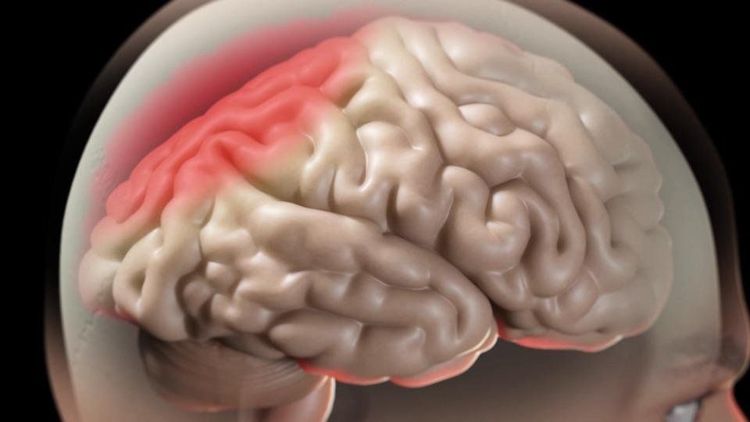
Khi bị viêm ống thận kẽ cấp sẽ có thể gặp biến chứng là phù não
The disease progresses through the above stages. During that process, it can cause complications such as:
Cerebral edema causing convulsions; Pulmonary edema ; cardiovascular collapse. Many cases had complications at the renal tubule site. The lesions of the renal tubules are completely different between the segments of the renal tubules. For mild complications with flattened and dilated acute tubular interstitium. And cause renal tubular cell necrosis, tubular cells lose their protoplasm and nucleus. In severe cases, there may be necrosis of each renal tubule segment and rupture of each renal tubule segment.
5. Diagnosis and treatment of acute tubular nephritis
Definitive diagnosis is based on clinical examination and laboratory tests. However, to distinguish acute renal failure due to acute tubular nephritis is acute renal failure with functional acute renal failure due to many other causes. In addition, other tests are also indicated by doctors to differentiate acute tubular nephritis with other diseases such as acute glomerulonephritis, ureteral obstruction stone.
About treatment, including treatment of symptoms, complications of acute tubular nephritis and treatment of causes. If treated early and correctly, the progression of the disease is positive. Extra-renal dialysis will help reduce mortality.
If the disease progresses well, the patient will completely recover and leave no sequelae. However, kidney function takes more than a month to recover.
Acute tubulointerstitial nephritis is a dangerous disease, so when you have acute tubal nephritis, you need to be re-examined on schedule to monitor the progress of the disease and health. Accordingly, patients also need to follow the instructions of the doctor, use the medicine according to the indications, do not arbitrarily buy drugs that are not on the prescription to take home. With diet, patients need to try to eat more to take medicine, eat liquid foods, patients eat less protein, limit salt and drink less water than normal people.
In order to promptly examine and treat complications due to interstitial nephritis, patients can go to medical facilities for clinical examination and screening tests for urinary diseases. From there will have the best results and treatment direction.
Currently, Vinmec International General Hospital has performed examination, treatment, prevention and surgery for many urological diseases with good results, helping patients recover quickly. With comprehensive medical quality, a system of modern equipment, a team of qualified medical professionals will provide the best treatment for patients.
To register for examination and treatment at Vinmec International General Hospital, you can contact Vinmec Health System nationwide, or register online HERE




